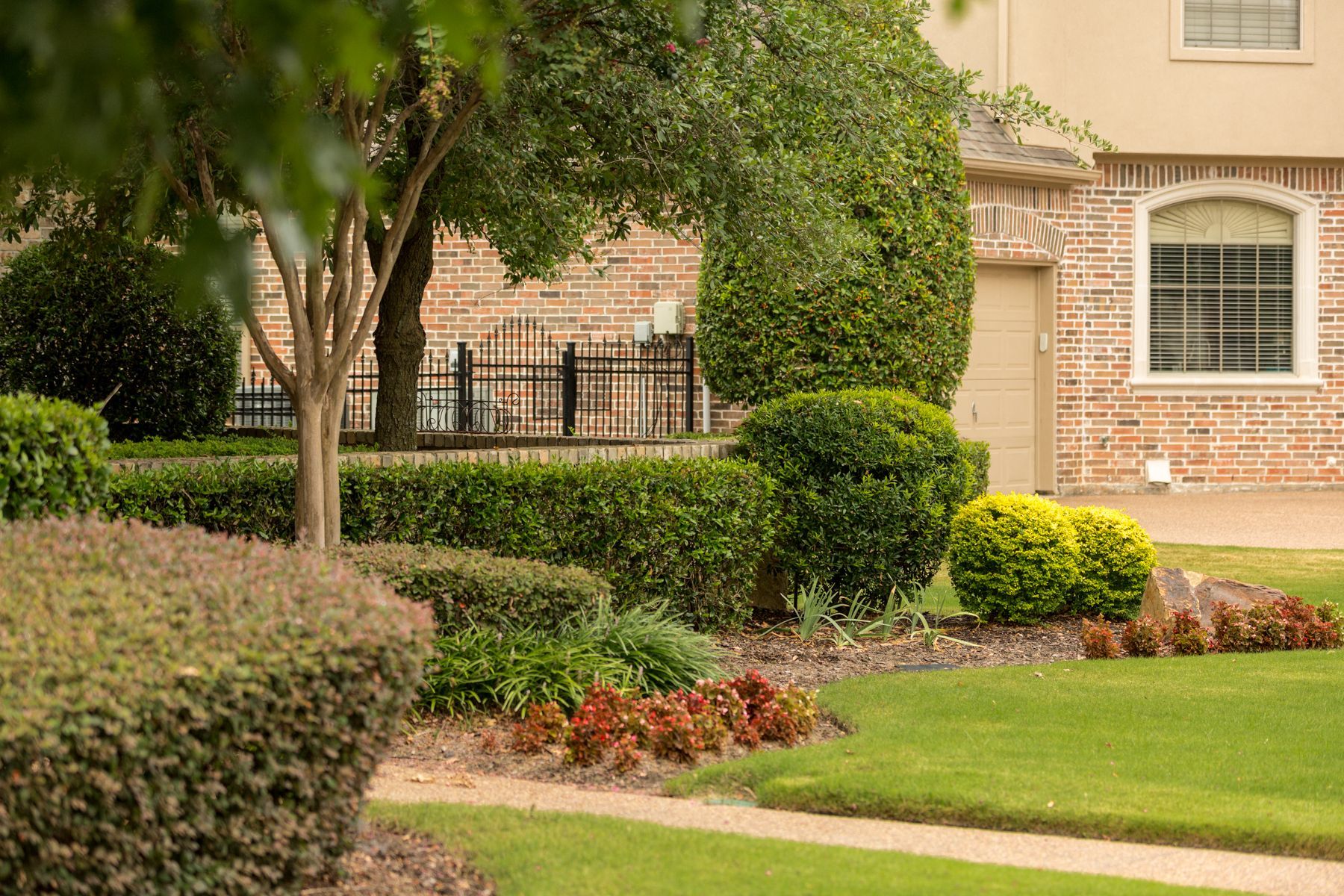
If you’re looking for ways to reduce landscaping costs, we understand why. Finding ways to minimize landscape maintenance expenses is common, and from a budgeting perspective it’s simply a good idea.
But, you might be wondering: Do I have to trade quality for lower cost? How do I reduce landscape maintenance costs and still get the results I want and deserve?
If you are trying to cut home maintenance expenses, think about the must-do landscaping tasks that keep your property healthy and looking great. Without these services or tasks, your landscape will decline. You’ll be dissatisfied and probably end up spending more to get your landscape back into shape.
But even while keeping those essential landscape maintenance tasks, here are seven tips to reduce landscaping costs at your home in North Texas.
Trimming shrubs at least on a monthly basis during the growing season will save you from more time-consuming trimming jobs down the road, which will cost more because a pro will have to spend more time doing the work.
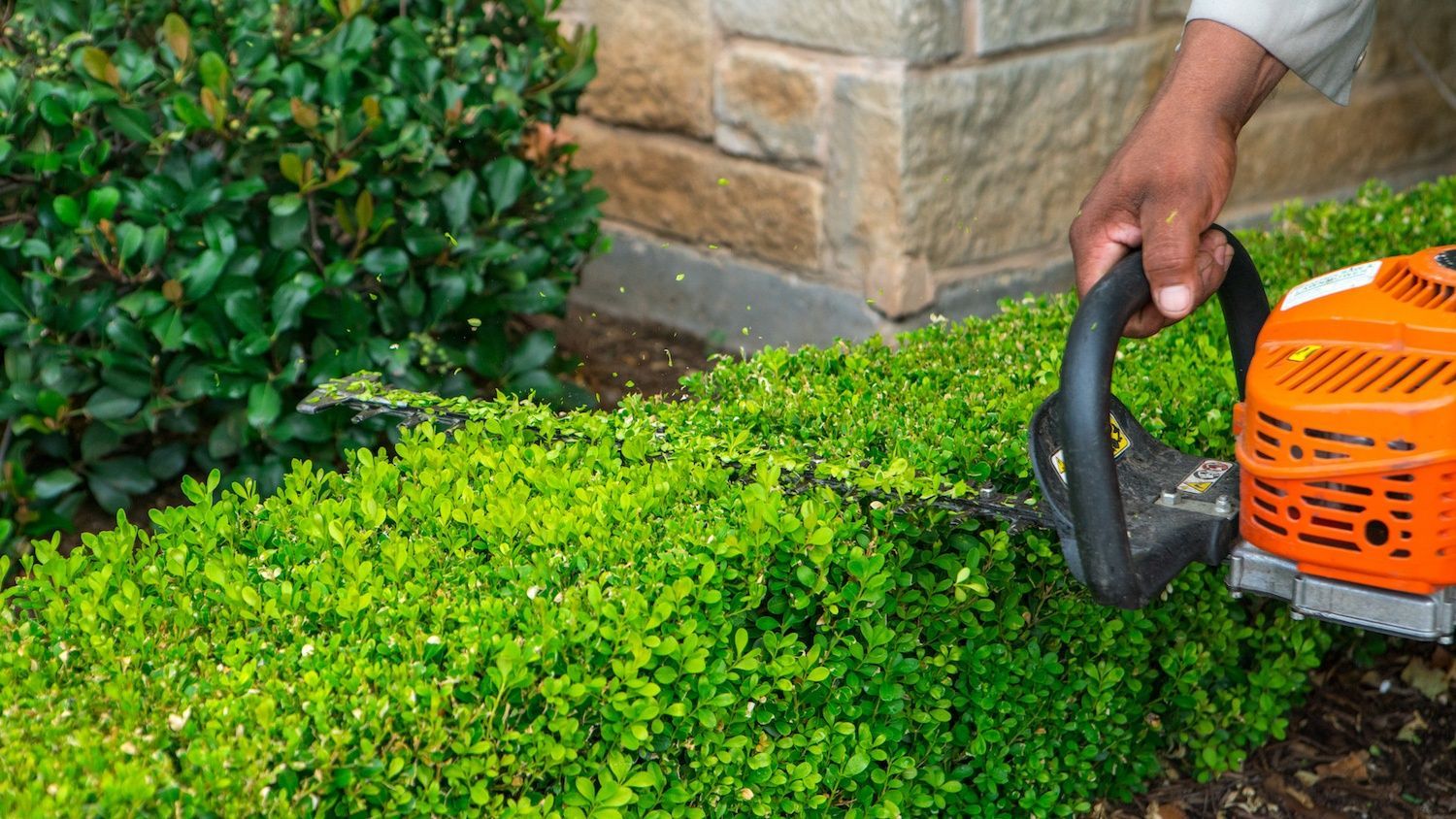
Regular shrub trimming can be done with more efficient tools, which makes the job easier and less time-consuming. Also, for some species, you can promote healthy growth and fullness by pruning on a regular basis.
On the other hand, if you wait to trim back plants until the branches you want to remove are finger-sized or larger, the job could require cutting branches one by one. Plus, this can also promote a more rapid growth response. The appearance won’t be what you expected.
Weather conditions are also a factor in how often you need to trim shrubs. For example, during the cooler season in North Texas, you might not need to trim shrubs as often. Sure, plants are still growing, but not at a rapid pace that calls for frequent trimming.
The bottom line is, you can reduce landscaping costs by keeping up with trimming shrubs regularly throughout the year.
And, if you truly want to avoid excessive trimming, consider changing out high-maintenance shrubs for ornamental grasses or slower-growing landscape plants.
Weeds are a typical problem in North Texas. Weeds grow in any soil, and they love the high soil temperatures. Weeds thrive with little water, so when your landscape plants are suffering in the hot, dry weather, weeds are thriving.
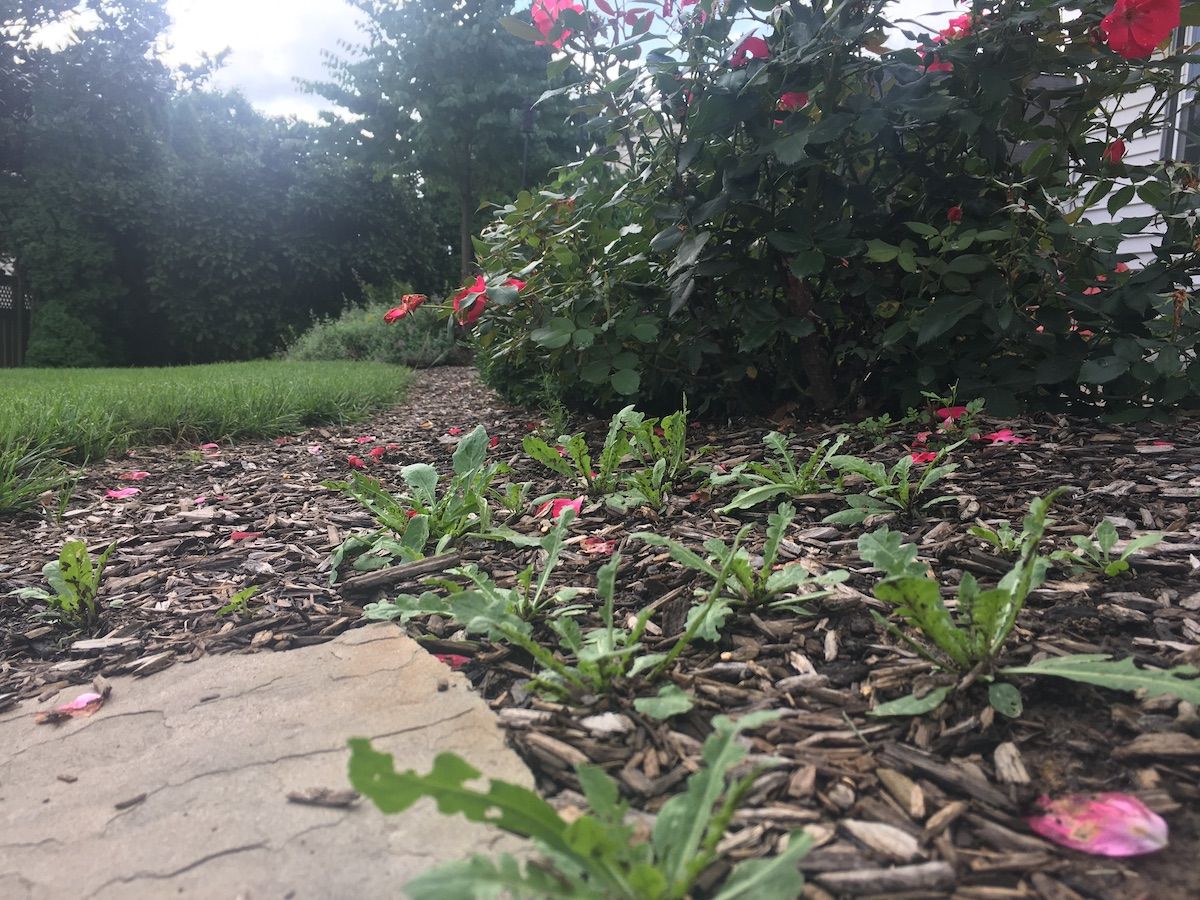
Weeds are aggressive, and you have to be just as persistent to manage them. If you skimp on weeding your landscape (trying to only tend to them every couple months or so) you’ll pay by having to spend more time manually removing weeds later.
The bottom line: Don’t wait to control weeds. A continuous weeding program will minimize weeds in your landscape while they are a smaller issue, reducing the added time and cost of a landscape crew spending a good part of a day (or several) pulling weeds that have gotten out of control.
Skipping mulch can be tempting because you might figure, “The landscape beds still have some mulch leftover from last year. They aren’t totally bare. Is this necessary?” Even if your beds still have a thin layer of mulch that looks pretty good, that doesn’t mean the mulch is actually doing its job.
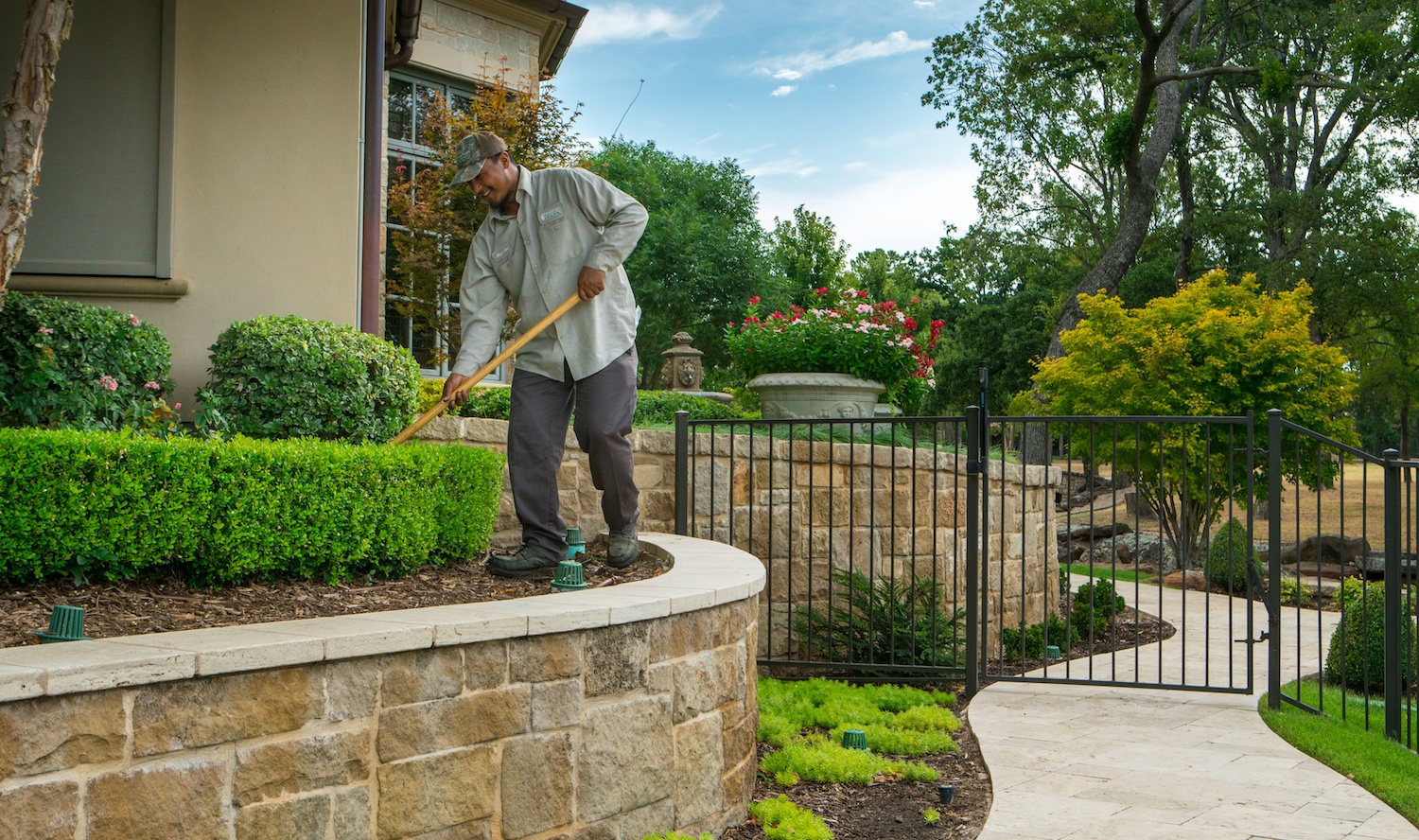
It also may be completely gone by mid-season after a few downpours of rain.
The purpose of mulch is to help stabilize soil temperature, retain moisture and suppress weeds. If you skip mulch one year, you likely will spend more on weed control and possibly replacing plants that struggle because of poor soil. Not to mention, your landscape just won’t look as neat and attractive.
Mulch landscape beds every year to gain soil and plant health benefits, and to help suppress weeds.
Although it may be a necessity at the beginning (if your landscape is in bad shape), preventing and dealing with weeds proactively is more affordable than waiting until weeds become a big problem later.
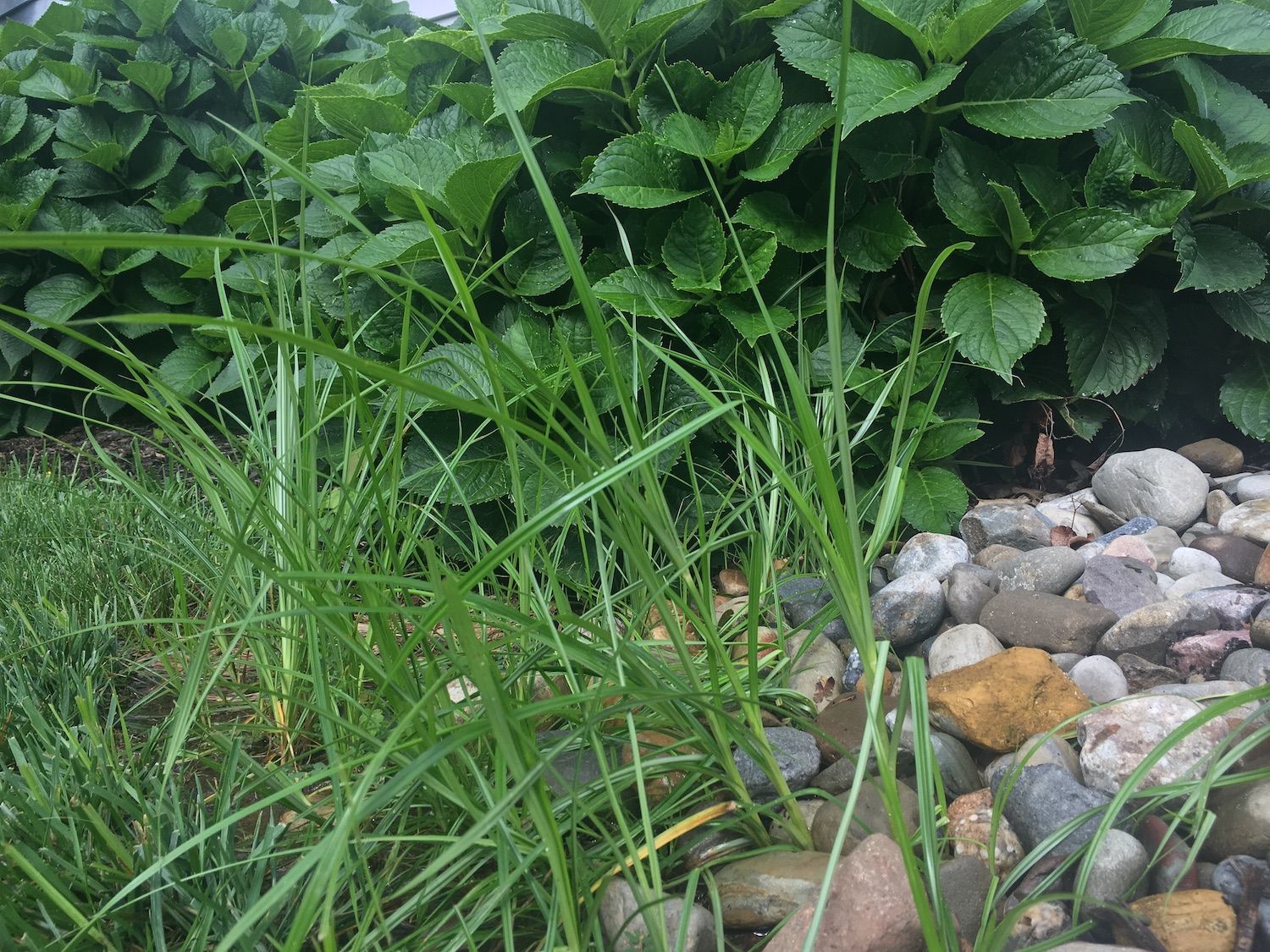
As we stated above, if you hire a pro to manage landscape weeds, your service will cost more if a landscaper has to completely clear out a weed-filled bed vs. spot-spraying a few tiny weeds here and there.
You will also save on landscape maintenance costs with a year-round weed control program that includes pre-emergent to help prevent weeds from growing and post-emergent to address weeds that are growing in the landscape. This will drastically reduce a pro’s need to hand-weed a landscape bed, as they apply appropriate weed control treatments on a regular basis.
Pre-emergent weed controls help to prevent weeds from reaching past the soil line after they’ve germinated. Pre-emergent won’t stop all the weeds, nor will it work on all weed types. But, we know that pre-emergent makes a measurable, positive impact on minimizing weed pressure in landscape beds when used in combination with post-emergent treatments.
Plants that are native to North Texas thrive in this environment and will require less care in terms of water, fertilizer and maintenance. Native plants can essentially survive more easily because they are adapted to the local soil and weather conditions.
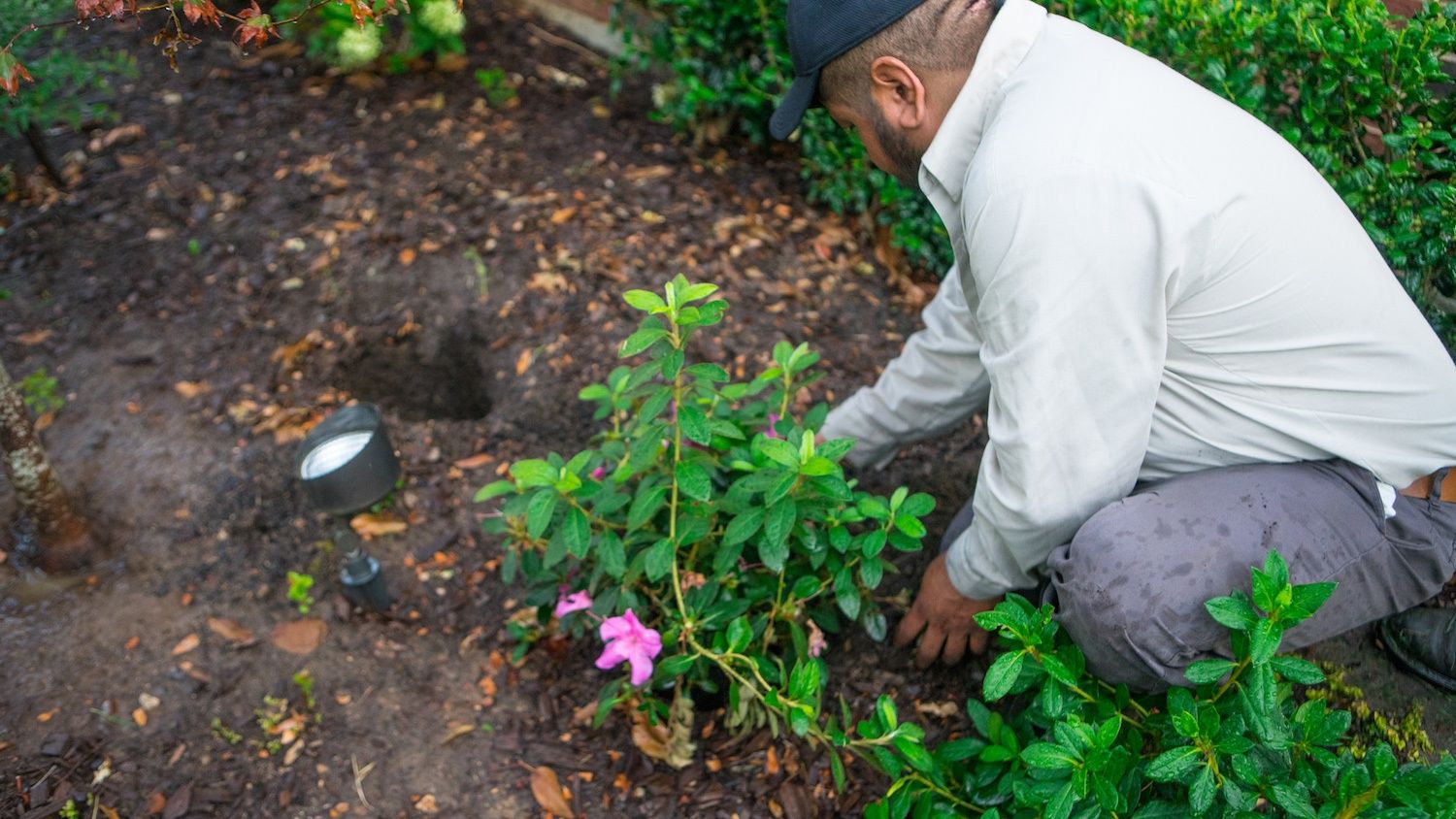
An added benefit of native plants is that many attract pollinators like bees, butterflies and hummingbirds, which is important for sustaining north Texas wildlife. Before planting a new landscape bed, consult with a professional who can guide you toward native plants.
Sloped areas of your landscape can be challenging spaces to manage, and you may also deal with erosion concerns if a slope leads down to a bank. You can reduce landscaping costs in these areas by installing groundcover that will help prevent erosion and not require weekly care.
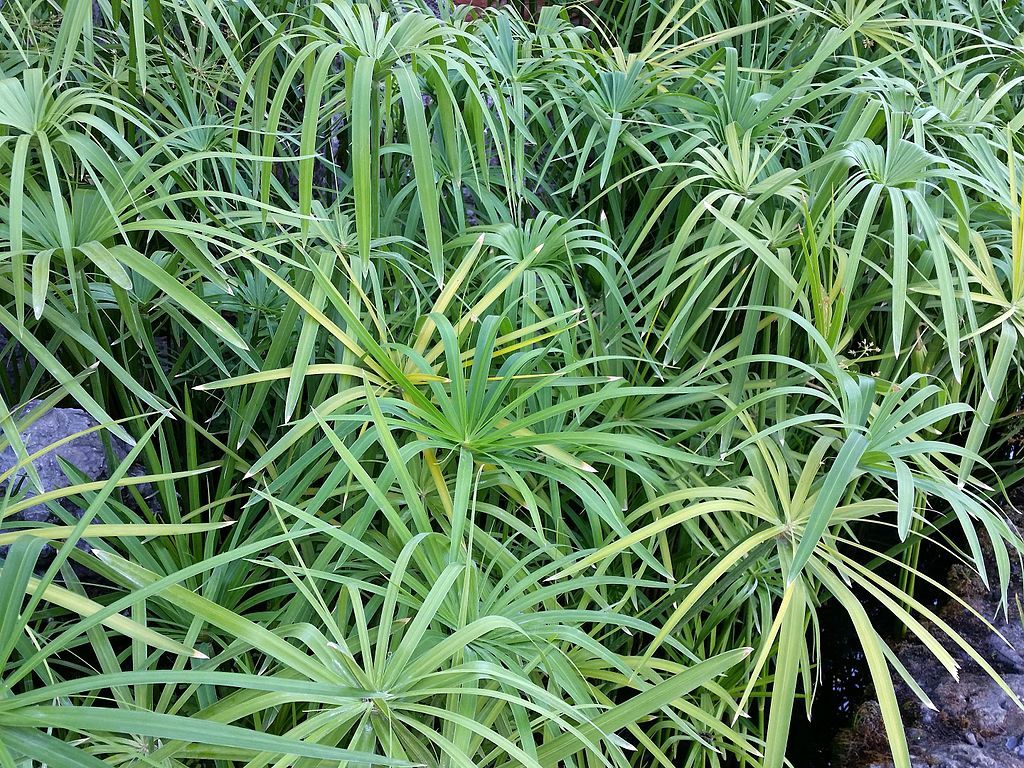
There are a number of low-maintenance groundcovers that grow well in Flower Mound, Lewisville, Highland Village, TX. On slopes, Carolina Jessamine is a vine that thrives in full sun to part-shade. Cyperus grows in sun or shade, is drought-tolerant and does well in wet areas. Its roots “clump” and help prevent soil erosion. Coleus also does well in landscape beds.
Water restrictions in North Texas confine when and how often you can irrigate plants. Sure, using less water saves money, and we should work to conserve water. But we recommend watering landscape plants when restrictions allow so they get this vital resource. Without it, plants can become more susceptible to diseases and pests, and a dry landscape bed will be more likely to grow weeds.
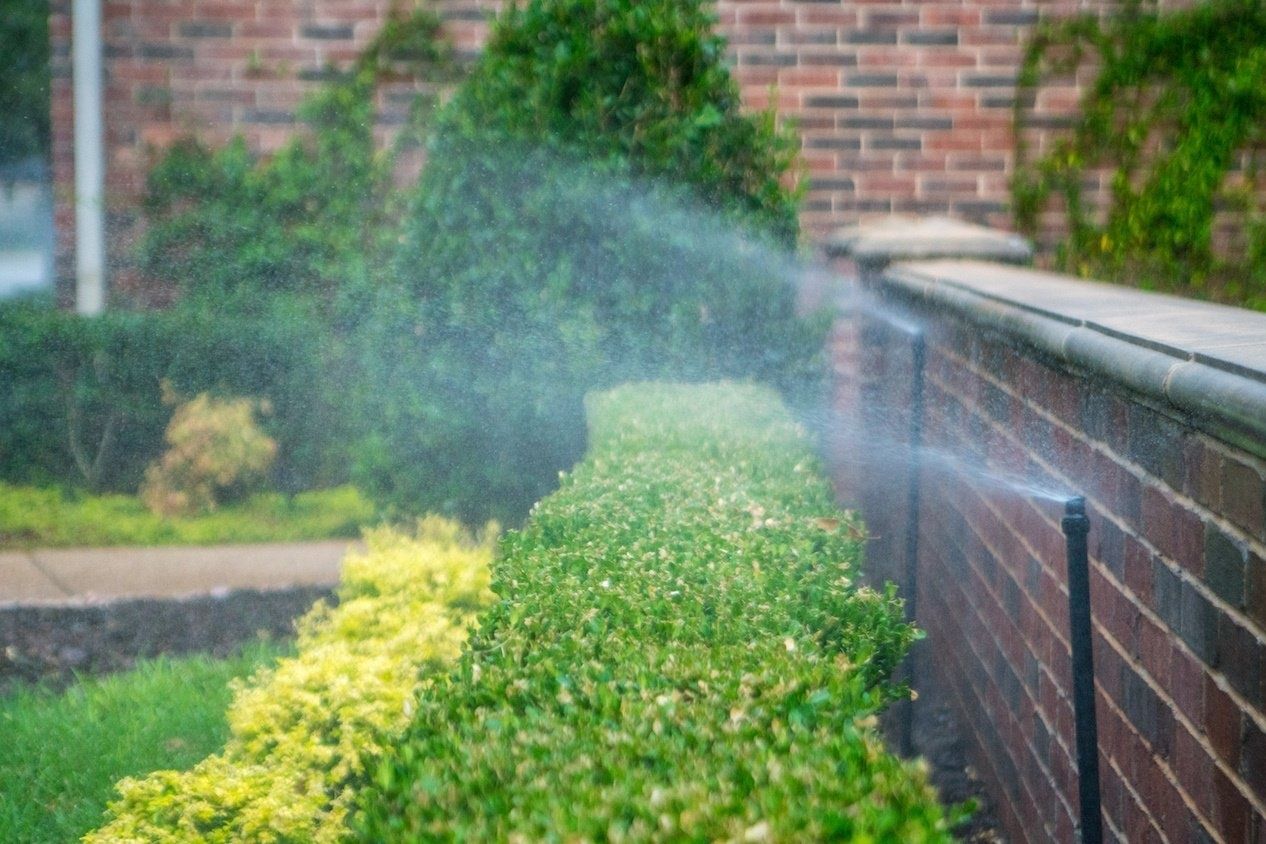
You could end up replacing plants and spending more money on weed control to get a bed back into shape. Practice water-wise irrigation in landscape beds by adhering to restrictions and watering in the morning. Water plants deeply, allowing moisture to soak into soil so it reaches the roots.
You are wise to look for ways to reduce your landscape maintenance cost, and it’s a good idea to establish a budget for landscaping services so you can get the best value. A lot of people think they’ll save money if they reduce the frequency of landscaping services, eliminate some “extras” like mulch or plant replacement, or cut back on activities like weeding and trimming shrubs.
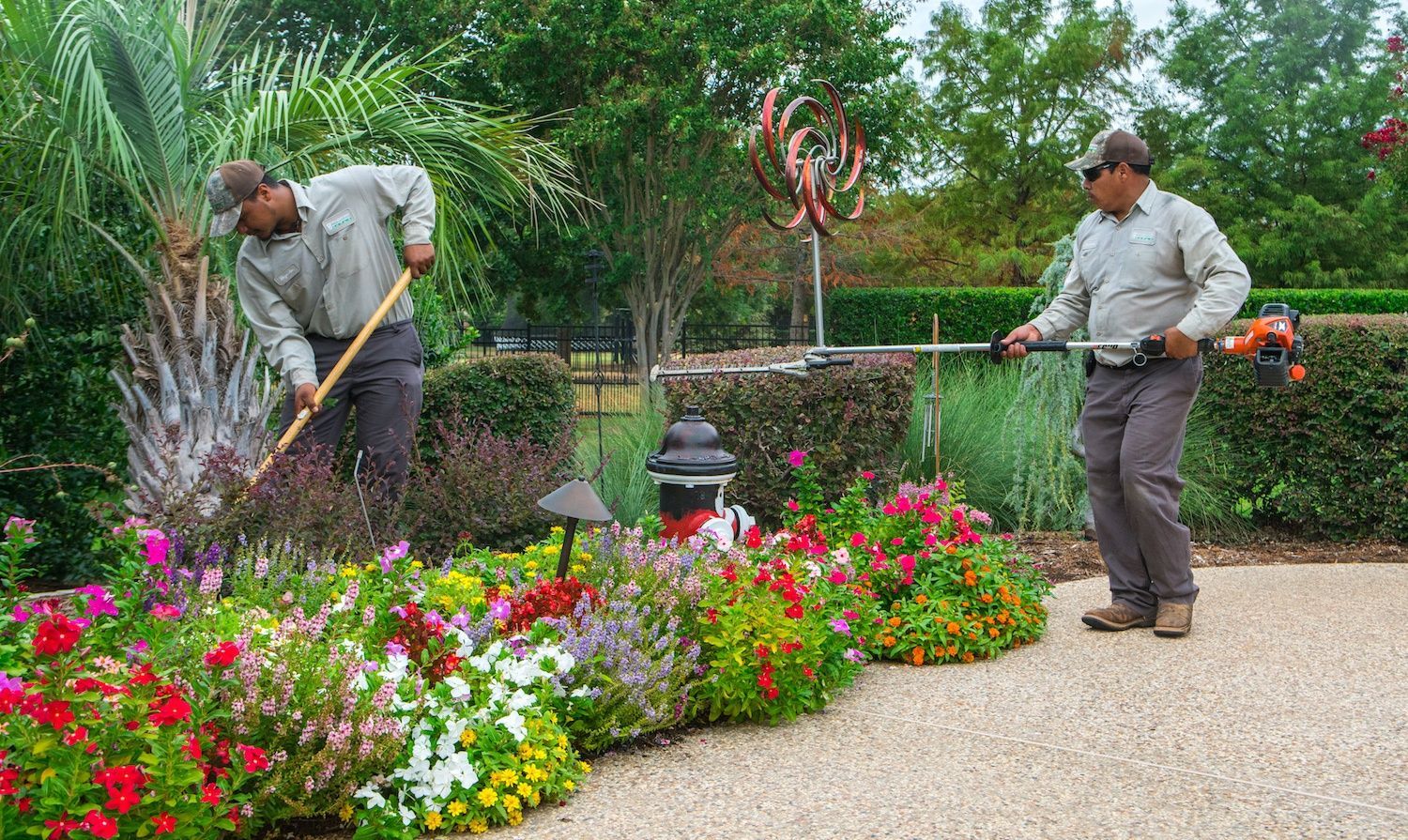
We understand why. But the reality is, you’ll spend more in the long run because your landscape will decline, and the time and resources required to get it back into shape will far surpass what you would have invested by simply maintaining a routine landscaping schedule of essential services.
To summarize, here are the tips again:
The key is to save money on landscaping when it makes sense so you can spend it on other things in life you enjoy and still feel like a responsible homeowner. By taking these 7 steps to reduce landscaping costs, your property might actually get more maintenance but you’ll spend less over time.
It’s a win-win.
If you want to reduce landscaping costs but still take good care of your property, it’s possible! You can get the best landscape while staying on budget—seriously. Get a free quote and see how a comprehensive landscape maintenance program will give you the results you deserve.
Image sources: cyperus
These Stories on Landscape